Countries with the widest and narrowest gender pay gaps
Nations with the largest and smallest gender pay gaps

It's a fact: women are paid less than men in every part of the world, with data from the UN's International Labour Organization (ILO) revealing the global average gender pay gap is around 20%.
Women's wages are typically lower than men's due to a wide range of factors, such as under-representation in senior roles and over-representation in part-time positions. Other reasons include discrimination due to conscious and unconscious biases, as well as the fact that women tend to have more career breaks than men to raise children and care for elderly or ill family members.
Read on to discover the gender pay gaps in 30 selected countries, from the widest to the narrowest, based on figures from ILO, the Organisation for Economic Co-operation and Development (OECD), and other data sources.
All dollar amounts in US dollars.
India: 48.1%

ILO reports that the disparity between male and female pay in India is 48.1% – arguably less of a gap and more of a chasm.
Women are over-represented in the informal sector, with many having to engage in home-based employment or unpaid domestic duties. Employers offer little institutional support for female staff and they're often paid less than their male counterparts for doing the same work. There's also a distinct lack of representation in senior positions.
The Indian government has legislated to help close the gender pay gap and created initiatives such as the Skill India Mission that empower women. However, the difference is still vast and likely to stay that way for many years.
South Korea: 31.2%

At a cavernous 31.2%, South Korea has the widest gender pay gap among OECD member countries.
Pervasive gender bias and a societal expectation that South Korean women should take on caregiving roles are among the reasons the gap is so wide. Other factors that explain the disparity include the country's emphasis on seniority in the workplace, which penalises women who take time out to have children or to care for elderly or sick family members.
It's unlikely that impactful change will happen anytime soon, especially since the government is abolishing the nation's Gender Equality Ministry.
South Africa: 30%

The gender pay gap stands at a hefty 30% in South Africa, according to the country's official statistics agency. The latest Global Gender Gap Report from the World Economic Forum puts the figure at between 23% and 35%.
Women in the Rainbow Nation are vastly under-represented in senior roles and carry a higher tax burden than men. They're also typically saddled with caregiving responsibilities: 48% of female-led households in the country support extended family members, compared to just 23% of their male equivalents.
Japan: 21.3%

At 21.3%, Japan's gender pay gap is the broadest in the G7 and almost twice the OECD average.
According to insights from PayAnalytics, over-representation in part-time, temporary, and contract roles combined with a lack of female career progression are the key reasons for the disparity.
While a third of Japan's full-time workforce is made up of women, just 9.4% of managers in the country are female. The Japanese government is seeking to change this, however, having recently introduced alterations to the annual reports that large companies must share regarding gender pay gaps.
Canada: 17.1%

Canada's gender pay gap is one of the widest among OECD member countries. It currently stands at 17.1%, according to the latest data from the OECD, with the figure particularly broad in the country's male-dominated energy sector.
However, the pay gap has decreased over the last two decades, likely due to government action. This includes the introduction of the Pay Equity Act in 2021, which provides for harsh penalties for companies that fail to comply with its stipulations.
USA: 17%
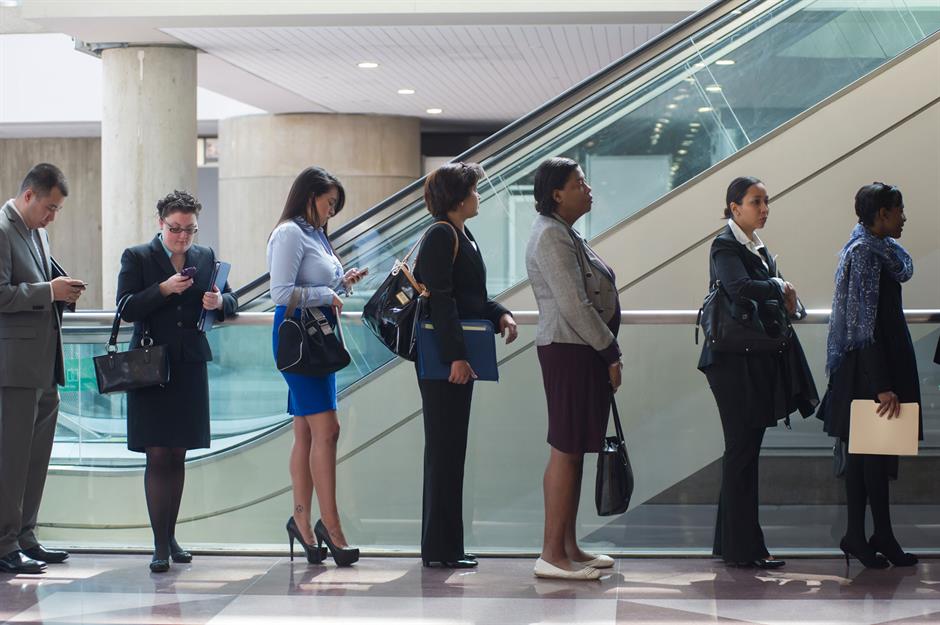
Only fractionally smaller than that of its northern neighbour, the gender pay gap in the US comes in at a hefty 17%, based on the most up-to-date figures from the OECD.
According to the Pew Research Center, the gender pay gap in America is markedly stubborn and has barely changed over the last two decades.
This is due to a myriad of reasons, including the so-called "fatherhood wage premium" and continued workplace discrimination. To combat this, the Biden-Harris administration has put gender pay equality at the crux of its Invest in America agenda, in addition to other federal programmes.
Mexico: 16.7%

Mexico has made impressive strides towards gender pay equality in recent years. As such, it scores fractionally better than the US, with a gender wage gap of 16.7% according to the latest OECD data.
Nonetheless, the country still has a long way to go to reach full parity. It's home to the third-lowest rate of women in the workforce among OECD member countries and has a high proportion of women working in informal occupations.
What's more, the nation's long-hours working culture is highly disadvantageous for female workers who also have caregiving responsibilities.
Finland: 15.3%

Finland's current gender pay gap is 15.3%, which is surprisingly high for a country that's renowned for prioritising gender equality.
Equal pay is enshrined in the nation's constitution, as well as legislation such as the Finnish Equality Act. Yet the gap remains wide for a number of reasons, including the lack of women in senior positions – only 4% of CEOs in Finland were female in 2022, according to Statista – and the large proportion of part-time female workers.
The nation's government is taking a multi-pronged approach to bridging the gap, which includes equality plans, pay surveys, and a comprehensive Equal Pay Programme. However, a proposal to further strengthen equality legislation was cancelled by the coalition government in 2022.
UK: 14.5%

The latest OECD data available puts the UK's gender pay gap at 14.5%. Progress to narrow the gap has slowed over recent years, according to a slew of organisations including the Trades Union Congress (TUC) and the Fawcett Society, which campaigns for gender equality.
Despite the introduction of measures by the British government – such as unlimited fines for large companies that fail to report gender pay gap statistics – an astonishing 80% of companies in the UK still pay their male employees more than their female counterparts, according to reports from The Guardian and BBC.
Switzerland: 13.8%

Switzerland has been playing catchup for years in relation to women's rights. Astonishingly, Swiss women were only granted the right to vote in 1971.
Tougher regulations to promote pay parity for females and males are now enshrined in the Federal Act on Gender Equality, which came into force in July 2020.
However, more still needs to be done to close the gender wage gap, which can be largely attributed to the high percentage of women in the country working part-time. The disparity between women's and men's pay was 13.8% at the last count, according to the OECD.
Germany: 13.7%

At 13.7%, Germany's gender pay gap is only slightly narrower than Switzerland's. Despite legislation and regulations that seek to bridge the gap, German men still earn more than their female counterparts in 45 out of 46 sectors according to the Federal Statistical Office.
Interestingly, the gulf between male and female pay is markedly bigger in western Germany and Berlin compared to the eastern part of the country. In the west it stands at 19%, compared to 7% in the east. This is partly due to a comparative lack of industry in the east of the country, meaning fewer opportunities for workers of any gender, while many of the country's biggest businesses – which are typically spearheaded by wealthy men – are based in the west.
Netherlands: 13.2%

The latest research from the OECD pegs the Netherlands' gender pay gap at 13.2%. This has barely changed over the past decade, mainly due to the large proportion of women in the country who hold part-time roles.
That said, there are pronounced discrepancies between public and private-sector pay. According to Statistics Netherlands, the gap is considerably narrower in the public sector, where it's actually closed in terms of senior roles.
China: 12.6%
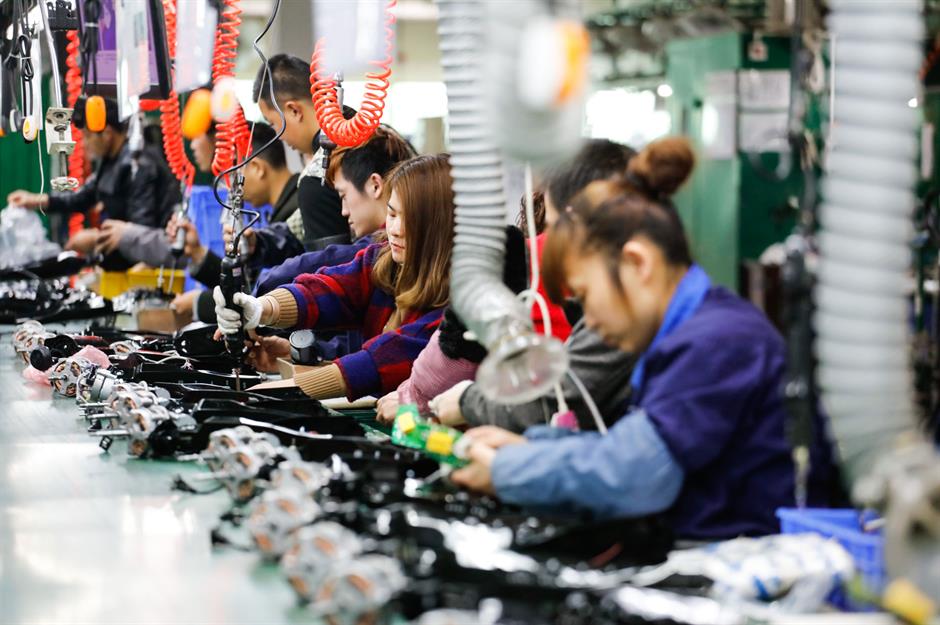
China's gender pay gap is estimated at 12.6% according to a recent survey by recruitment portal Zhaopin, which is almost half the 23.5% reported in 2019.
The disparity between male and female pay is still largely attributed to employment discrimination against women of childbearing age, which persists despite legislation that forbids it – on paper, at least.
The gender pay gap has been narrowing in recent years, and the nation's Law on the Protection of Women’s Rights and Interests (also referred to as the Women's Protection Law) was bolstered in 2022, with the addition of almost 30 new provisions to protect females in the workplace. However, it remains to be seen whether the improved law will be properly enforced.
Austria: 12.2%

Austria's gender pay gap stands at 12.2%, which is above the OECD average of 11.9% but below the EU average of 12.7%.
Research from Statistics Austria shows the percentage of women who work part-time is particularly high (79%) when compared to the EU-wide average of 29.5%, which goes a long way towards explaining Austria's above-average female-to-male wage disparity.
France: 11.6%
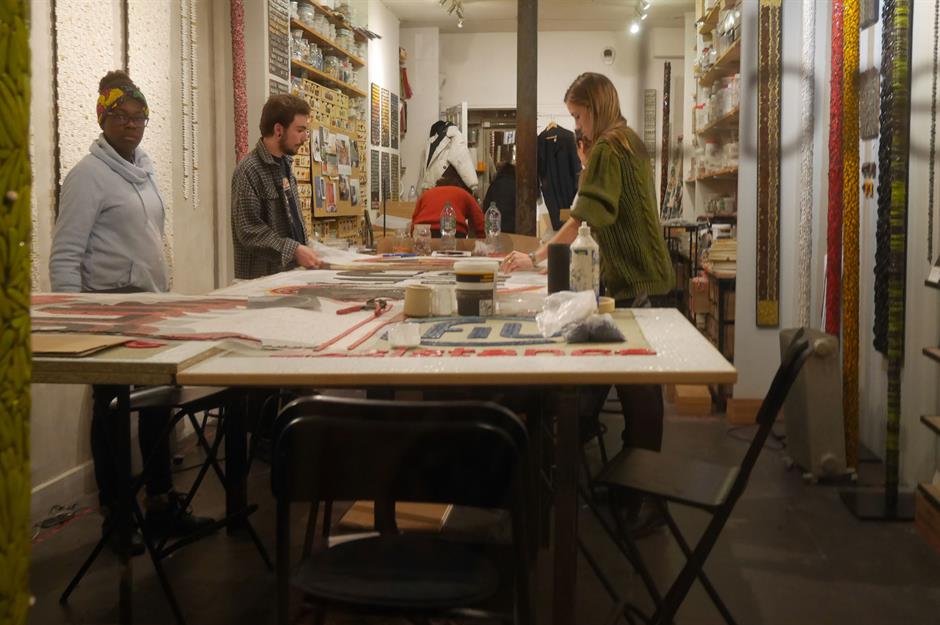
The gender pay gap in France currently stands at 11.6%, according to the OECD. While there's certainly room for improvement, the French government is tackling the issue head-on by fining companies that fail to reach required targets based on the state's equality index.
In addition, French PM Élisabeth Borne – France's first female prime minister in 30 years – announced last March that offending companies would be denied access to public contracts.
Brazil: 11.1%

The OECD reports that Brazil's gender pay gap is 11%. Research from the Inter-Trade Union Department of Statistics and Socioeconomic Studies shows this disparity is even wider (32%) in sectors where women are over-represented, such as healthcare and education.
To help close the gap, President Luiz Inácio Lula da Silva signed Bill 1085 into law in July last year. The new legislation includes a raft of measures to guarantee equal wages for women and men, along with rules that require larger companies to report gender pay gap data on a biannual basis.
Australia: 9.9%
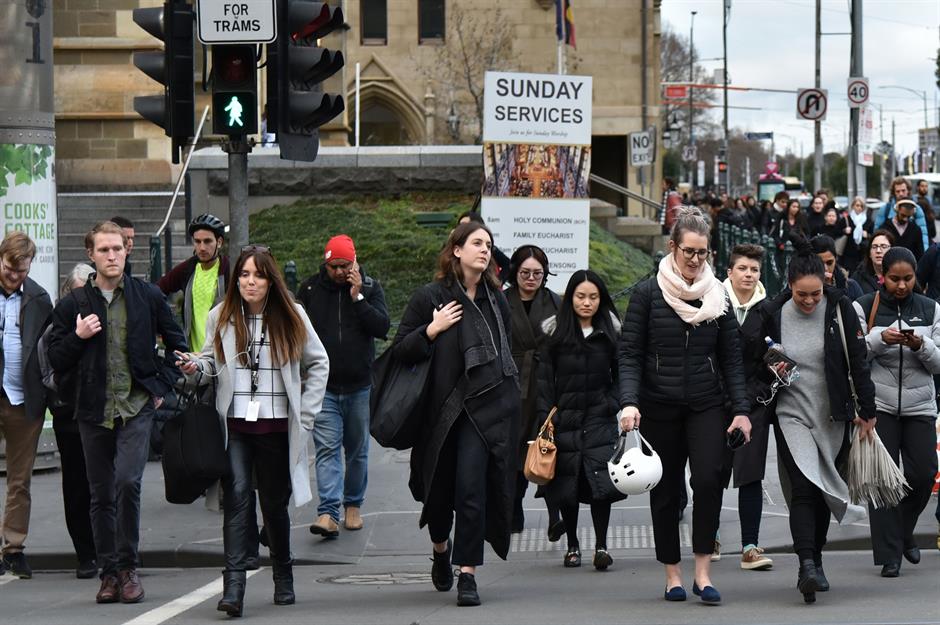
Women in Australia are typically paid 9.9% less than men, although Anthony Albanese's government has made bridging the gender pay gap one of its top priorities.
As part of its mission to achieve wage equality, the administration passed the Workplace Gender Equality Amendment (Closing the Gender Pay Gap) Bill 2023 last March, which requires companies with 100+ employees to publish their gender pay gaps.
Other measures include improving access to affordable childcare and increasing paid parental leave. Based on its current projections, the government expects to close the gap by 2049, although critics have noted that a vast number of the women who currently work will have retired before this happens.
Iceland: 9.7%
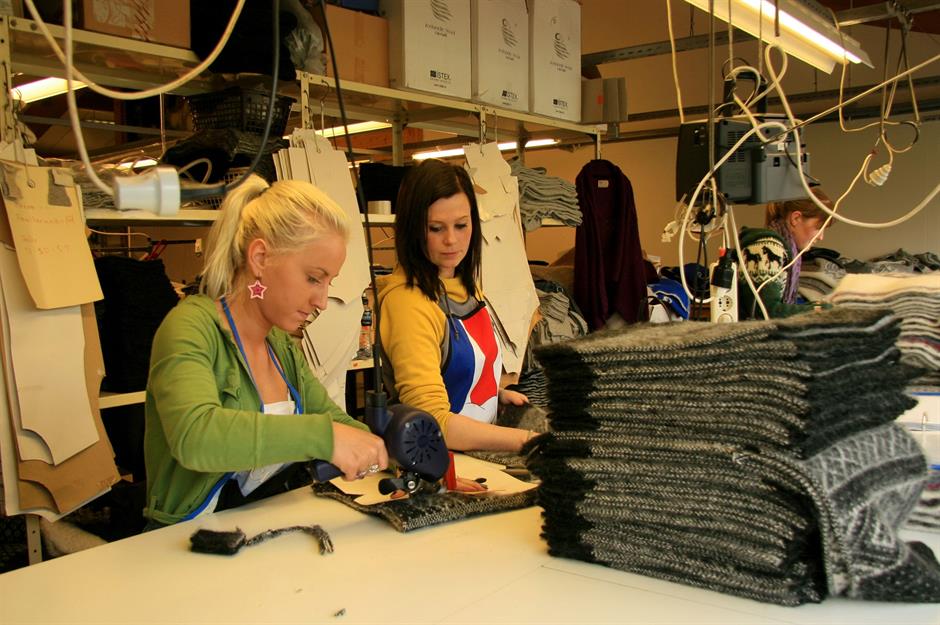
While Iceland is ranked the world's most gender-equal country in the World Economic Forum (WEF) Global Gender Index, its gender pay gap remains wide at 9.7%.
The country is pulling out all the stops to close it. In 2017, Iceland became the first country to require proof of equal pay from employers, while regulations stipulate that at least 40% of board members must be women. Iceland also has the most heavily subsidised childcare globally.
However, there's clearly still work to be done, and in October last year, Iceland's Prime Minister Katrín Jakobsdóttir joined women across the country in a strike calling for equal pay.
New Zealand: 9.2%

The gender pay gap in New Zealand is narrower than in neighbouring Australia but remains wide. According to the OECD, the country's pay gap is 9.2%, though it's worth noting the NZ Ministry for Women says it's 8.6%.
The Ministry reports that females "spend a greater proportion of their time on unpaid and caring work than men", with much of the pay discrepancy attributed to conscious and unconscious biases.
The government is striving to bridge the differences through initiatives such as Kia Toipoto, an action plan to help close gender and ethnic pay gaps in the Public Service.
Poland: 8.7%

Poland performs better than the OECD and EU average, with a gender pay gap of 8.7% according to the latest figures.
This difference is likely to decrease further following the victory of the Donald Tusk-led opposition party in the country's recent general election.
Among the party's campaign pledges is a promise to tackle the gender pay gap, with Tusk supporting the introduction of regulations that promote increased pay transparency and the auditing of the gender pay gap in public institutions and state-owned firms.
In 2023, Tusk said he believed women's rights were the country's "number one issue".
Spain: 8.1%

Data from the OECD shows that Spain's gender pay gap stands at 8.1%.
The southern European country has taken legislative action over the past few years to help reduce the difference. In addition to introducing two Royal Decrees that were passed in 2020 to regulate gender equality plans and target gender pay discrimination, the left-wing government also announced its new Equal Representation Law last year. This applies gender parity measures to the boards of large companies.
Ireland: 7.3%

The gender pay gap in Ireland stands at 7.3% according to the latest OECD insights.
In December 2022, the Irish government introduced rules that require companies with more than 250 employees to publish gender pay gap info on their websites. According to The Irish Times, many of the country's key employers have a gender pay gap that favours male employees, although there are some exceptions. They include state-owned postal service An Post, which typically pays women more per hour than their male counterparts.
While this sounds impressive, a report by The Irish Times noted that women accounted for just 13% of employees at An Post, with many of these in the management tier of the business.
Malaysia: 7.3%
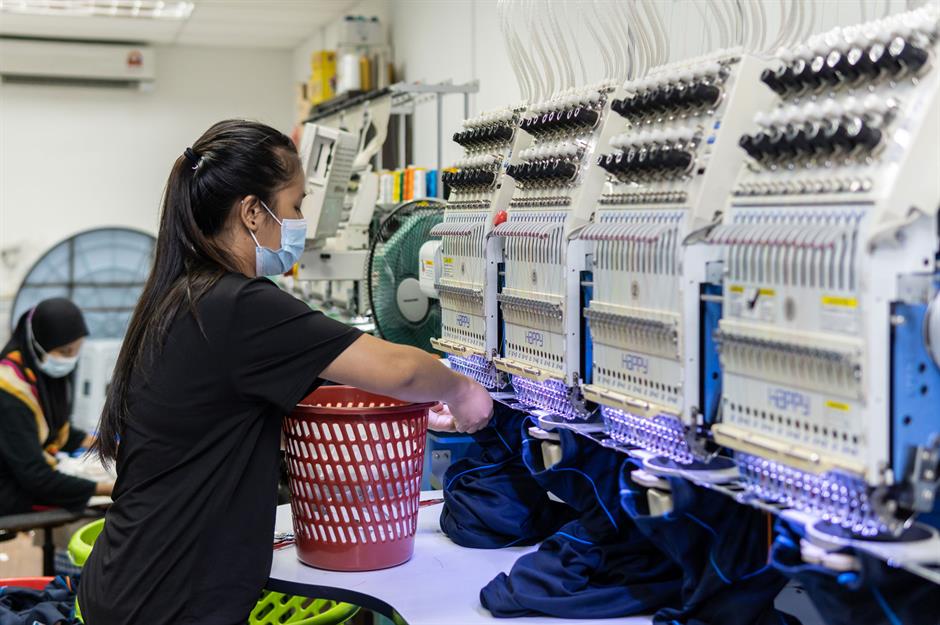
Women in Malaysia earn 7.3% less than men typically, according to the latest data from the country's official statistics department.
Stereotypes about traditional female roles, educational discrimination, occupational segregation, and unequal compensation for women and men in the same job have all been cited as reasons.
While the gap is undeniably narrow, the government could still do more to close it. By way of example, Malaysia still lacks proper equal opportunity employment and pay equity laws.
Sweden: 7.2%
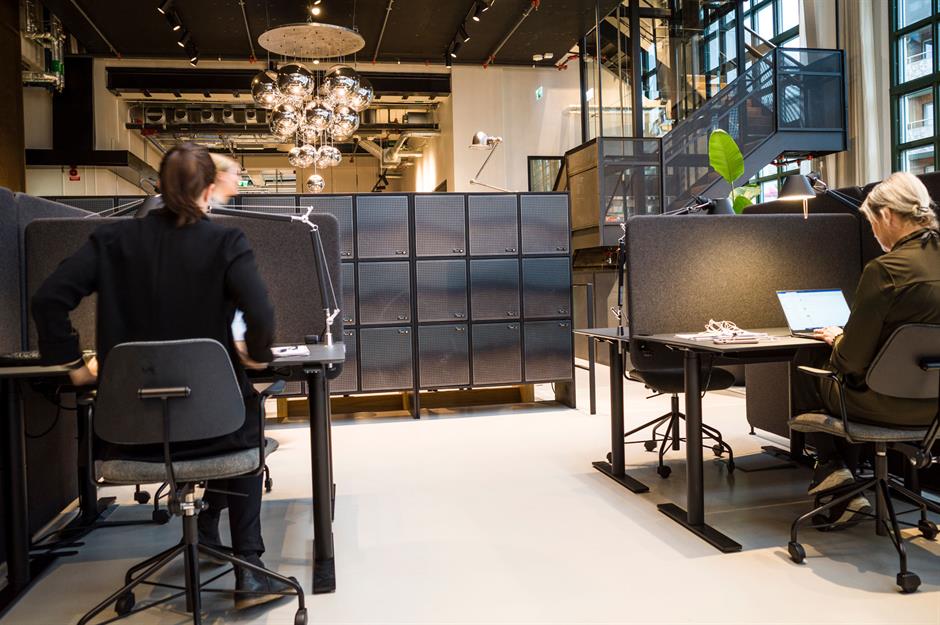
Sweden has been a trailblazer for gender equality. Yet while the country leads the way in everything from maternity leave to universal childcare, the gender pay gap persists, clocking in at 7.2% according to the OECD.
This is partly due to the large proportion of female part-time workers. However, it's worth noting that women held 67% of executive positions in the public sector in 2020 (as reported by Statistics Sweden).
That said, only 10% of companies listed on the Stockholm Stock Exchange have a female chair, just 13% have a female CEO, and a mere 36% of board members are women.
Singapore: 6%

The gender pay gap has narrowed in Singapore, and the adjusted figure stands at 6% according to the city-state's somewhat ironically named Ministry of Manpower.
A report by the Ministry attributed the disparity to "women’s propensity to play the primary role in caregiving and take time off work for parenting [which] leads to lags in work experience, career progression and hence earnings".
In addition, just 46% of the nation's women have said they would be comfortable asking for pay rises, compared to 63% of men, which further contributes to the difference.
Italy: 5.7%

At 5.7%, Italy has one of the narrowest gender pay gaps in Europe.
Italy's gender pay gap is more pronounced in the private sector. Women in the country lack equal opportunities in the labour market and are under-represented in senior positions. However, measures brought in by the government during the COVID-19 pandemic are going a long way towards remedying the situation.
Denmark: 5.6%

Something of a pioneer when it comes to women's rights, Denmark has led the world in gender equality since the early 19th century, when its "universal primary education" law meant that both boys and girls were entitled to at least seven years of education.
Fast-forward to today and the percentage of Danish women working outside the home is one of the highest in the world, so it's no great surprise that it has one of the lowest gender pay gaps in the EU at 5.6%.
On the downside, the country's labour market is highly segregated. Women are over-represented in the public sector, particularly in healthcare, and under-represented in the private sector, notably in STEM (science, technology, engineering, and mathematics) roles.
Norway: 4.5%

Like its fellow Nordic nations, Norway is one of the world's leaders when it comes to gender equality, with its wage gap relatively narrow at just 4.5%.
Though this figure is commendable, Norway still has some way to go to reach full parity. As is the case in Denmark, its highly gender-segregated labour market is an issue: women continue to dominate healthcare, retail, and education, while men are over-represented in the construction, industry, and transport sectors.
Colombia: 1.9%
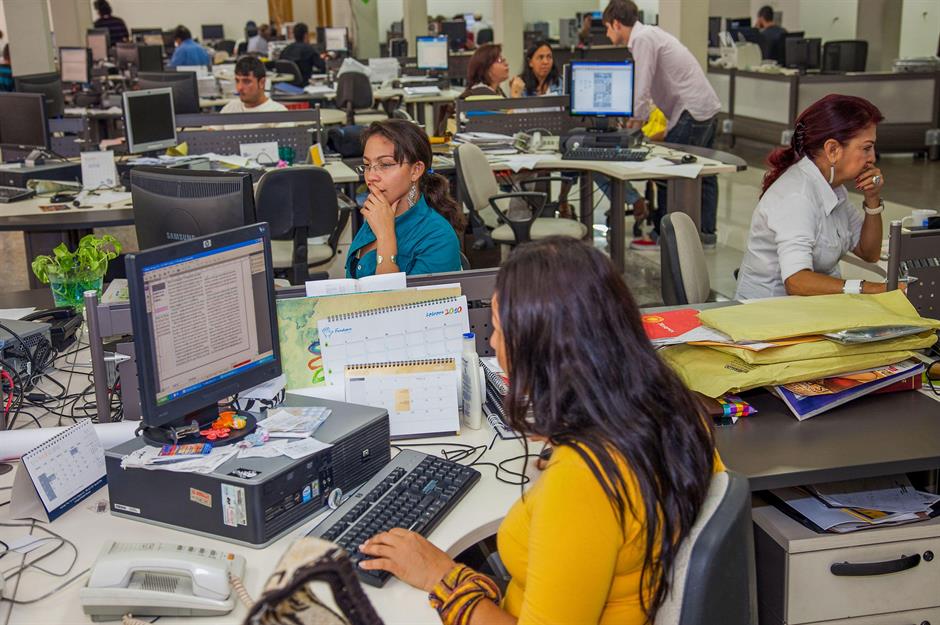
At 1.9%, the gender pay gap is remarkably narrow in Colombia according to the most recent OECD data.
Despite that, recent research suggests that women encounter a glass ceiling in terms of career progression and can face discrimination in the workplace. Yet it's worth noting that in the capital city Bogotá, females in managerial positions actually earn more on average than their male counterparts.
Belgium: 1.2%
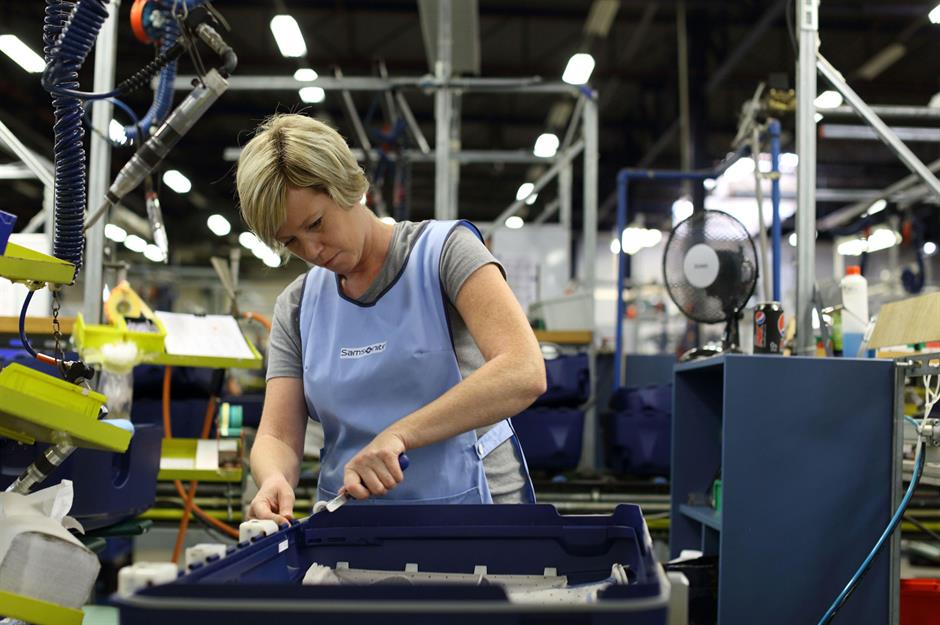
At just 1.2%, the gender pay gap in Belgium is the narrowest among OECD member countries.
Figures from Statbel, the country's official statistics agency, show that women under the age of 25 earn more than men in the same age group, while female employees in the Wallonia region are making more money than male staff across all demographic groups, from Gen-Zs to Boomers.
Now find out how much the average person earns in different countries around the world
Comments
Do you want to comment on this article? You need to be signed in for this feature